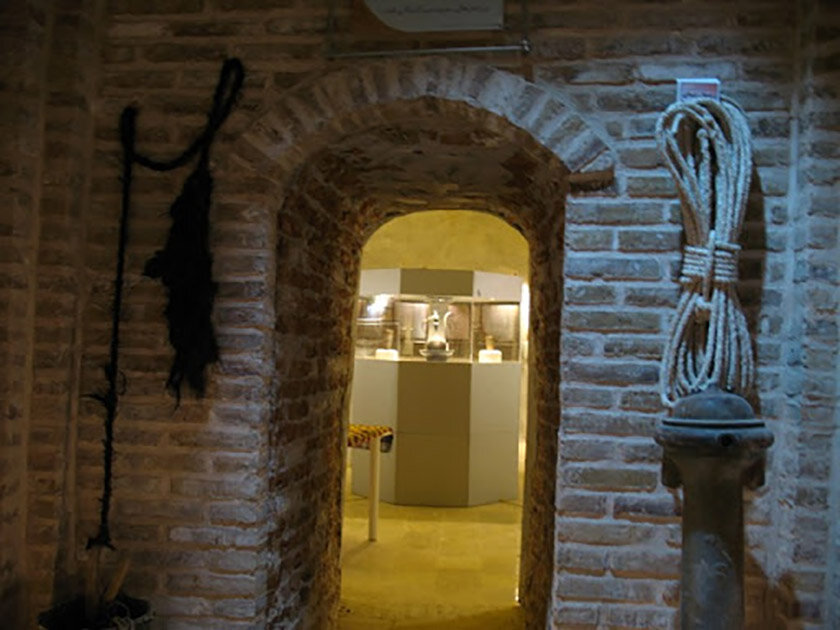Timurid-era cistern undergoes restoration

TEHRAN – A Timurid-era (1370–1507) Ab-Anbar (cistern) in Qaen city, the eastern province of South Khorasan has undergone some rehabilitation works, Qaen’s tourism chief has said.
The project involves removing debris from the arched rooftops, repairing damaged parts, and setting up protective walls and fences, Hamid Abbaszadeh explained on Friday.
The cistern, which has been inscribed on the national heritage list, serves as a water museum, the official added.
A collection of images and texts related to water facilities including dams, reservoirs, canals, letters, and water-related equipment and supplies can be seen at this museum, which is the only one of its kind in the province, he noted.
The term Ab-Anbar is common throughout Iran as a designation for roofed underground water cisterns.
It is associated with water management systems in arid areas that are reliant on permanent springs or seasonal rainwater.
Such underground reservoirs or Ab-Anbars are parts of the iconic qanat systems, which rely on snow-fed streams flowing down from surrounding mountains.
Qanats, according to UNESCO, provide exceptional testimony to cultural traditions and civilizations in desert areas with an arid climate.
The Timurid dynasty, self-designated as Gurkani, was a Sunni Muslim dynasty or clan of Turco-Mongol origin descended from the warlord Timur (also known as Tamerlane).
In the realm of architecture, according to the Encyclopedia Britannica, the Timurids drew on and developed many Seljuq traditions.
Turquoise and blue tiles forming intricate linear and geometric patterns decorated the facades of buildings.
Sometimes the interior was decorated similarly, with painting and stucco relief further enriching the effect.
South Khorasan province is home to many historical and natural attractions such as Birjand Castle, Dragon Cave, Furg Citadel, and Polond Desert.
It is also known for its famous rugs and its saffron and barberry which are produced in almost all parts of the province.
ABU/AFM
